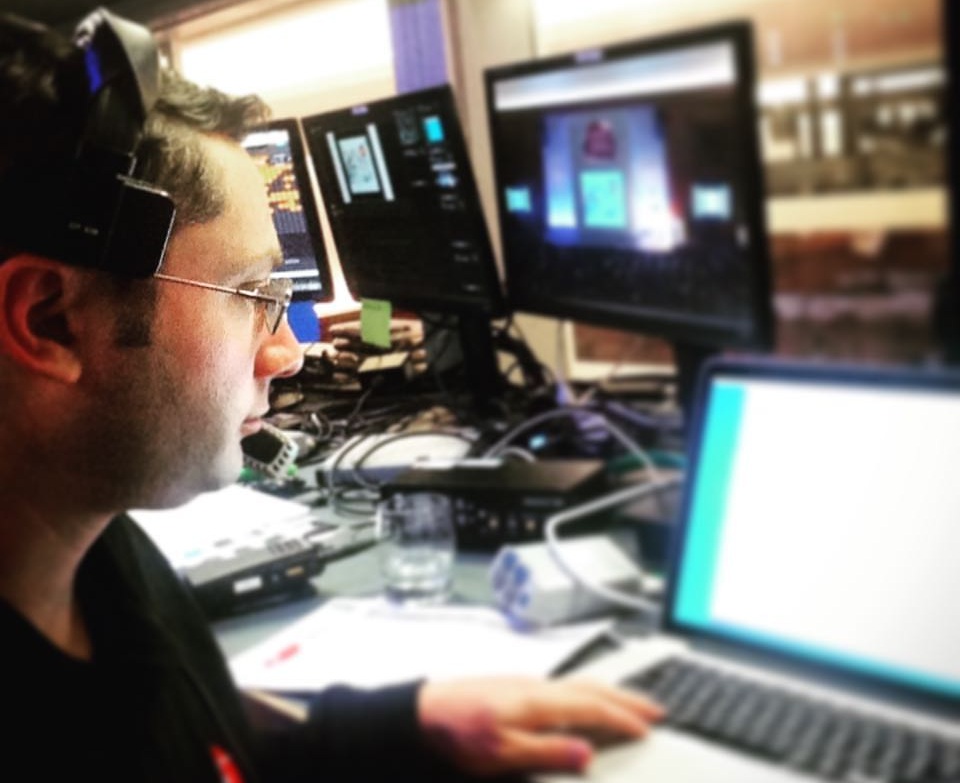The Effect of Deliberate Hue Combinations on Elevating Occasion Design and Building Remarkable Experiences
The Effect of Deliberate Hue Combinations on Elevating Occasion Design and Building Remarkable Experiences
Blog Article
Color holds a significant part in event decor, affecting the environment and the experiences of attendees. A well-thought-out color palette can change a simple event into a memorable occasion. Different hues evoke different feelings, and understanding these impacts can help organizers select the appropriate color scheme for their events. For instance, warm colors like crimson and orange can generate a feeling of excitement, while calm colors such as blue and emerald tend to promote serenity and tranquility.
Incorporating hue psychology into event organization can enhance the complete experience for attendees. When individuals arrive at an occasion, the hues they see can set the mood and influence their feelings. A unified color scheme can build visual harmony, making the setting more appealing. Choosing colors that align the purpose of the event is essential. For a nuptial, soft tones may express romance, while vivid colors could be appropriate for a lively corporate occasion. This thoughtful method can lead to a more captivating and enjoyable experience.
Illumination also plays a crucial role in how hues are perceived in an event environment. The method light interacts with hues can change their appearance and emotive impact. For instance, soft lighting can enhance the depth of reds and golden hues, making them feel even more inviting. Conversely, chilly illumination can make blues and greens look more lively. By modifying lighting to complement the chosen color scheme, event planners can generate varied moods and improve the overall atmosphere.
Aside from aesthetics, a well-planned color scheme can also help with branding and communication. For corporate events, using corporate hues can reinforce corporate identity and foster a event production for concerts sense of unity among guests. Additionally, hues can be used to direct attendees through the space. For example, varied colored markers can direct people to different areas, such as check-in or refreshment areas. This considerate application of color not only improves direction but also improves the overall flow of the event.
Ultimately, the effect of considerate hue schemes on event design cannot be overlooked. By understanding the psychological see page effects of hues, utilizing lighting, and considering identity, occasion organizers can create memorable encounters for guests. A well-executed color elevates the design, ensuring that the occasion is not only aesthetically appealing but also emotionally resonant. This method leads to a more engaging encounter, creating a lasting impression on all who attend.